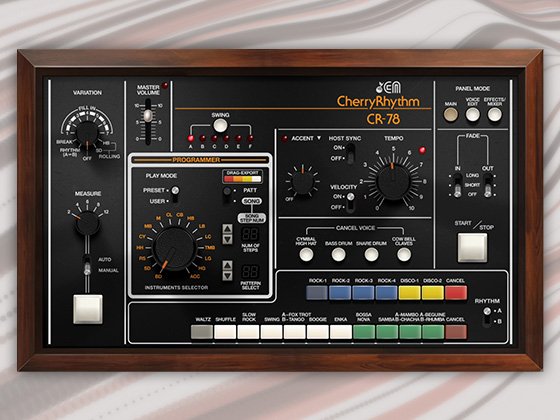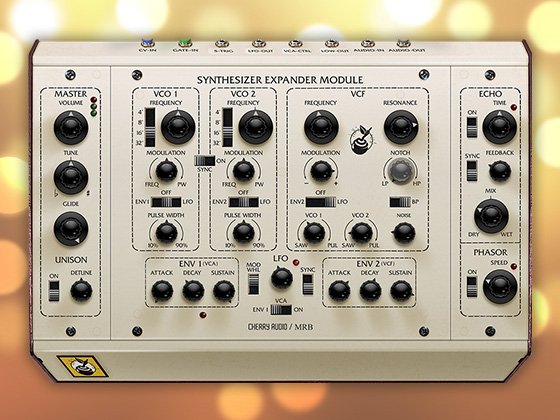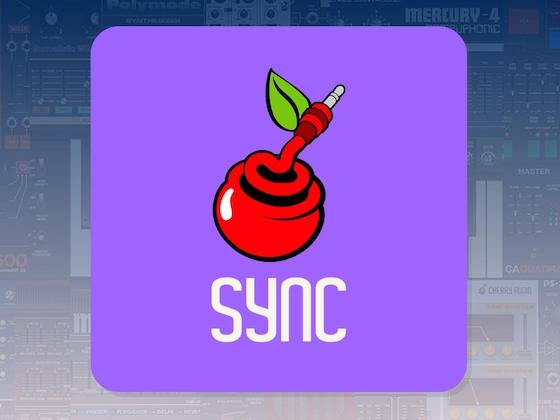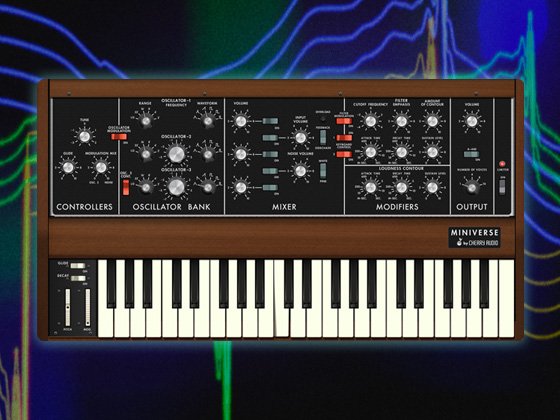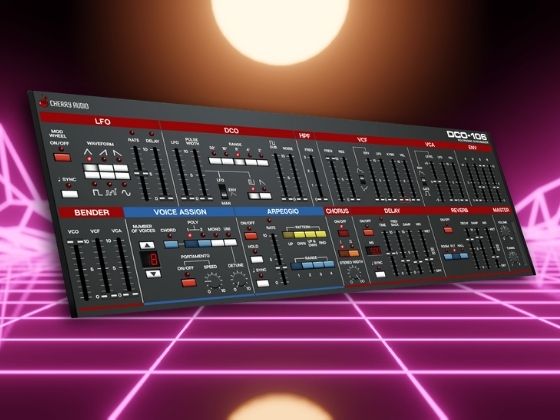$2.50 $5.00
CC GLIDER
CC GLIDER is a MIDI / CV converter utility specifically designed to be used with MIDI expression pedals but can also function as a MIDI CC message “smoother” with variable glide time.
CC GLIDER works by taking an incoming CC (control change) message, then adjusting the incoming MIDI data to provide a full-range scaled and smoothed MIDI and multiple CV output.
To understand the controls, we’ll run through an example using a hardware MIDI expression pedal, but the same procedure can be applied to any MIDI CC source.
With the expression pedal connected to your MIDI interface, make sure it’s sending MIDI data to Voltage Modular - the MIDI FROM HOST LED should light when you move the pedal.
Connect the MIDI FROM HOST output to CC GLIDER’s MIDI IN jack. The LED above the MIDI IN jack should also light when you move the expression pedal.
If you know the CC number for your pedal, dial it in with the knob below the CC# display.
If you don’t know which specific number your interface sends expression data on, enable CC GLIDER’s LEARN mode, then move the expression pedal. The CC# should update to reflect the number used for the pedal by your interface and the VALUE display should show the MIDI data corresponding to position of the pedal.
Note - if you’re not seeing the full range of values between 0 and 127 when you set the pedal to its minimum and maximum position, don’t worry - this is why we made CC GLIDER! For example, one of our test pedals was only putting out MIDI data in the range of 6 to 41, but we were able to calibrate it to be much more useful.
To calibrate CC GLIDER for your pedal, put it in the minimum / heel-down position, then click the SET button below the MIN CALIBRATE section. Repeat this process for the maximum / toe-down position, clicking the SET button below the MAX section. CC GLIDER is now set up to convert the incoming MIDI values to 0-127.
In the CALIBRATE section there are two meters, one showing the MIDI data being sent by your interface (IN) and the other is the adjusted output (OUT). If set up correctly, the OUT meter should show the full range.
If you want to target a different MIDI CC number from the incoming one, for example, say your expression pedal is sending on 4, but you want to re-map it to the standard value of 11 for expression, you can change this in the MIDI OUT section.
You can also select the response curve applied to the incoming data between exponential, linear or logarithmic using the EXP / LOG / LIN switch.
Finally, we have a GLIDE control that essentially applies damping to the adjusted MIDI data in the range of 10 ms up to 5 seconds. This can be useful if you want the controlling signal to be smooth and gradual especially as some pedal designs tend to be a little “jumpy” with stepping effects. As you increase the GLIDE, you will see the OUT meter lagging behind the IN meter.
And that’s it - we’re all set up and good to go! Depending on your setup, you can send the adjusted data to the MIDI (0-127) out or CV (0 to +5V) OUT jacks.
Please note that any other MIDI messages received that are not targeting the CC number used for the expression pedal (or re-mapped value) will also be sent to the MIDI OUT jack, so it functions as a partial THRU.
When using multiple CV outputs, they can be enabled and disabled using the large buttons below the jacks. To reverse the polarity of the CV output, set the adjacent switch to - instead of +, so now the output value will decrease as the input value increases. Custom ranges can also be set using the MIN and MAX knobs. Visual confirmation of the output status is shown by the meters, voltage output value and LED for each of the five CV outputs.
LEDs next to all CV outputs will light briefly when sending changed values. Note that the CV OUT will always send the current value - the LED only indicates that the current value is changing. If the output is not enabled, but connected, the previous value when enabled will be sent, or zero, if no value has been sent yet.
You can also cycle through each CV output, activating one at a time with the cycle / up-down arrows button. This is useful for MIDI mapping, allowing you to target different destinations using just one switch on your controller. Alternatively, the cycle function can be triggered by a +1V CV trigger using the CV IN jack.
We hope that CC GLIDER helps you express yourself, fully and smoothly!


























